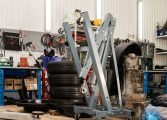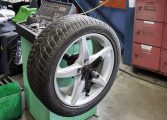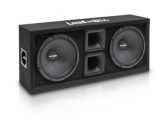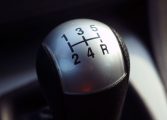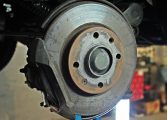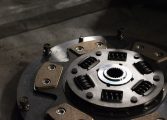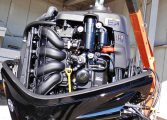American Classic Cars: A Complete Guide
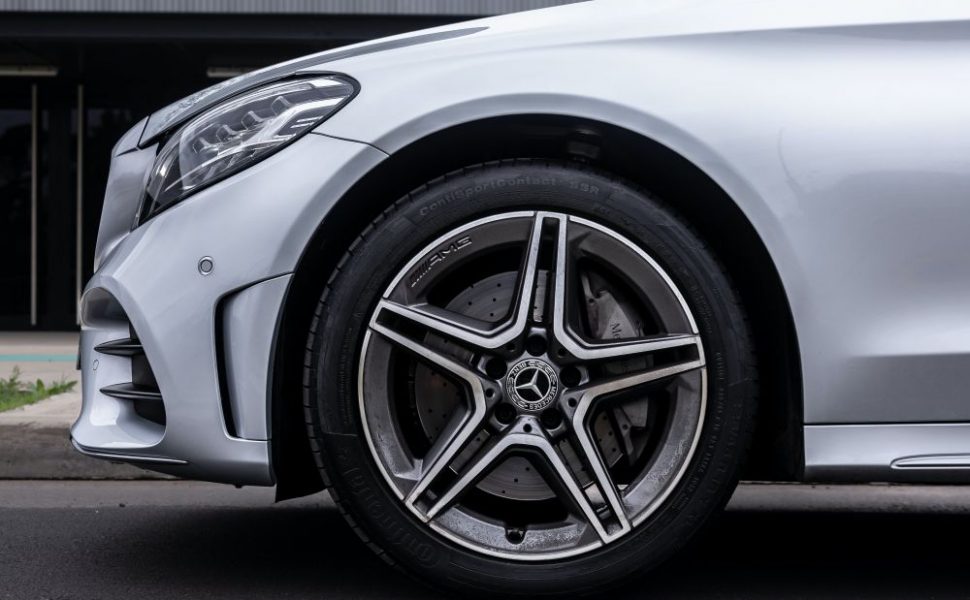
Introduction
American classic cars hold a legendary status in the automotive world, representing an era of ingenuity, style, and power. These vintage automobiles captivate enthusiasts and collectors alike with their timeless design and rich history. In this article, we will provide a comprehensive overview of American classic cars, including their types, popularity, quantitative measurements, differences, historical pros and cons, and the decisive factors that attract car enthusiasts.
1. Understanding American Classic Cars
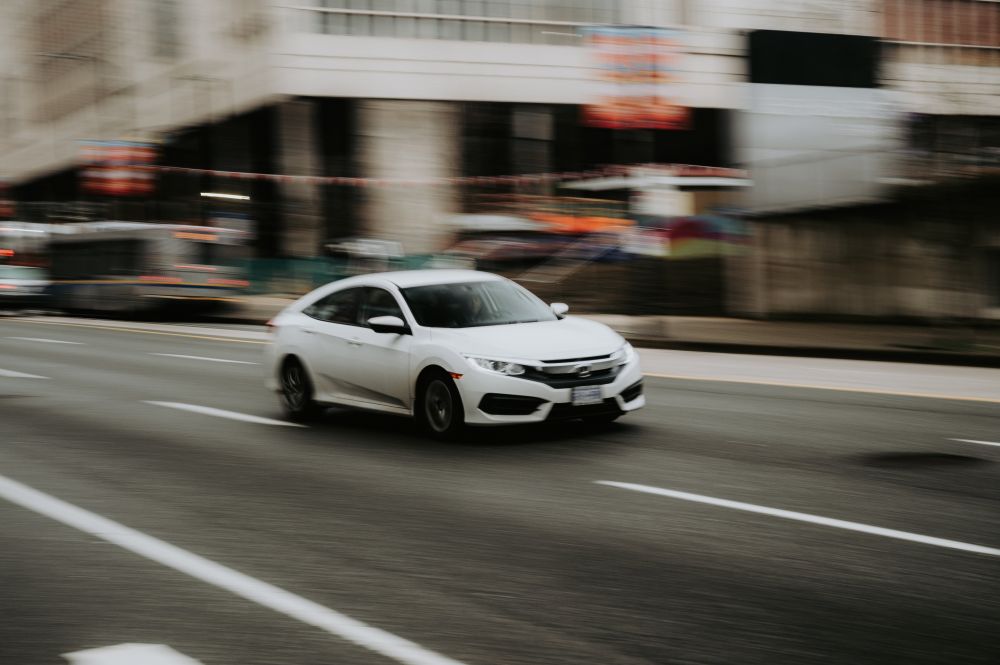
American classic cars are vehicles produced in the United States during the mid-20th century, typically considered from the 1920s to the 1970s. These cars embody the distinctive characteristics of the American automotive industry, showcasing craftsmanship, innovation, and elegance. They are revered for their unique design elements, such as sweeping curves, chrome accents, and iconic tailfins.
2. Types and Popularity of American Classic Cars
There is a wide range of American classic cars, representing different eras and styles. Some popular types include muscle cars, luxury cruisers, pony cars, and hot rods. Muscle cars, like the Ford Mustang and Chevrolet Camaro, are known for their powerful engines and aggressive aesthetics. Luxury cruisers, such as the Cadillac Eldorado and Buick Roadmaster, offer plush interiors and a smooth ride. Pony cars, exemplified by the Ford Mustang, are compact yet sporty vehicles designed for performance. Hot rods, on the other hand, are highly customized cars known for their unique modifications.
The popularity of specific American classic cars has evolved over time. While names like Ford, Chevrolet, and Chrysler dominate the classic car scene, other brands like Packard, Studebaker, and Hudson have also left a lasting legacy. Popularity varies based on factors such as rarity, historical significance, and cultural impact, with some iconic models commanding higher prices in the collector’s market.
3. Quantitative Measurements of American Classic Cars
Quantitative measurements play a crucial role in understanding the performance and value of American classic cars. Factors like engine displacement, horsepower, acceleration, and top speed are often used to evaluate their capabilities. Additionally, considerations such as production numbers, rarity, and market demand contribute to the overall assessment of a classic car’s worth. Tracking these quantitative measures provides enthusiasts with valuable insights into the strengths and unique selling points of different models.
4. Differences Among American Classic Cars
While all American classic cars share a common heritage, there are notable differences amongst them. These disparities can be observed in various aspects, including design, engineering, performance, and cultural significance. For example, the Cadillac Eldorado of the 1950s exuded opulence and sophistication, while muscle cars like the Plymouth Superbird focused on raw power and speed. These distinctions allow enthusiasts to find a classic car that aligns with their preferences and interests.
5. Historical Pros and Cons of American Classic Cars
Understanding the historical pros and cons helps provide a comprehensive perspective on American classic cars. Their advantages lie in the timeless design, collectability, and the emotional connection they create with their owners. Classic cars offer a glimpse into the past and enable owners to experience the nostalgia and pride of owning a piece of automotive history. However, the drawbacks include high maintenance costs, limited availability of spare parts, and potential challenges in finding skilled technicians to service these vintage vehicles.
6. Decisive Factors for Car Enthusiasts when Purchasing a Classic Car
For car enthusiasts, several decisive factors impact the buying process. Authenticity and originality are paramount, as buyers often seek well-preserved or accurately restored classic cars. Rarity and historical significance also influence the desirability of a particular model. Condition, documentation, and provenance play critical roles in determining the value and authenticity of a classic car. Moreover, personal preferences, budget, and intended usage (e.g., show car or daily driver) are essential factors that vary from one enthusiast to another.
Conclusion
American classic cars hold an irreplaceable spot in automotive history and continue to captivate the hearts of car enthusiasts worldwide. Their distinctiveness, performance, and timeless design make them cherished possessions and valuable investments. Whether you fancy the sleek lines of a Cadillac or the raw power of a muscle car, American classic cars offer a range of options for every car lover. As we immerse ourselves in the nostalgia of these revered vehicles, we contribute to preserving their legacy for generations to come.
[INSERT VIDEO(S) HERE]






